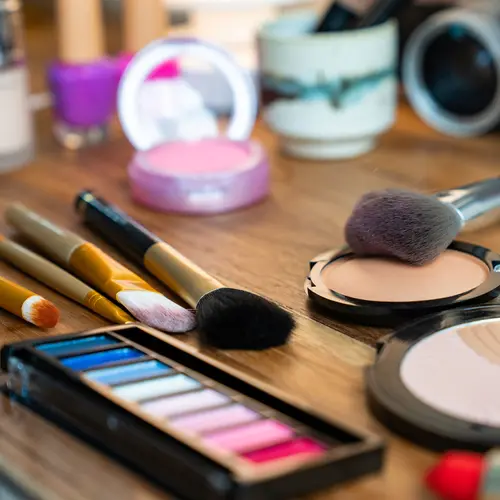How Cosmetic Surgeons Use Photos

Hide Video Transcript
Video Transcript
Narrator
What's the role of the before and after album, and how do you use it as a savvy consumer? Robert Kotler, MD
The before and after album is almost a catalog of the doctor's talent. I think it's very important. I've heard of patients come in and say well I went to see the doctor and I wanted to see some before and after pictures and he said he didn't have any. Now, how can you not want to share your work? There's an analogy again to the purchase of a piece of art. You're hiring an artist. You want to see what the artist has delivered. What did Michelangelo's first paintings look like, you know? Why shouldn't you have the right? Robert Kotler, MD (cont.)
And you should see a lot of them, because if you have a lot of different cases for example, you're going to probably find somebody in that album that sort of has, had your needs too. You're going to identify with that. And if you think the results looks natural, looks good, and you'd be happy with the same degree of improvement, that's a pretty good, you've now got a pretty good bet in place that you're going to be happy, so I don't think you should have to guess about it. I think you should see what the doctor produces. Robert Kotler, MD (cont.)
By the way, how's the quality of these photos? Does everybody afterwards not have wrinkles because the lighting is different, or the angle is different? You know, you gotta be a pretty sharp consumer today. Robert Kotler, MD (cont.)
I don't want to accuse doctors of deceit, but frankly, often they haven't taken the time to take photographs that are what we call technically consistent so you can make an honest judgment. You know you can wash out a lot of wrinkles with lighting and makeup. The movie industry has been doing that for a hundred years, but we shouldn't be doing that in cosmetic surgery. They ought to be pretty similar, as similar as possible in position, lighting, you know. Robert Kotler, MD (cont.)
So, I think albums are very important and I like when patients come in and say you know, um, "I kind of like this kind of nose. I'm not quite happy with that kind of nose." And then I have to explain to them why it was appropreiate or not appropreiate to do the same procedure for someone else. It points out though again that humans are unique. Robert Kotler, MD (cont.)
There shouldn't be copy cat, rubber stamp nose jobs or rubber stamp face and neck lifts. Everybody should just look better and natural. And the patient, the perceptive patient will get that sense if they see enough of the doctor's work. 
